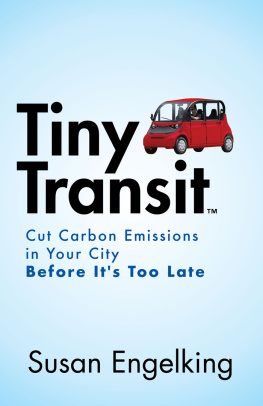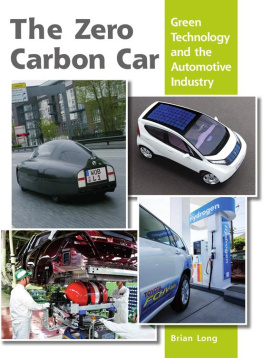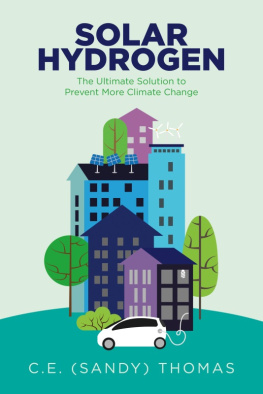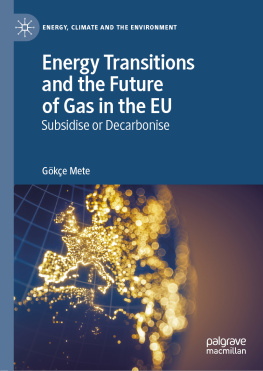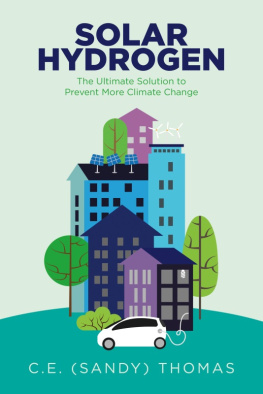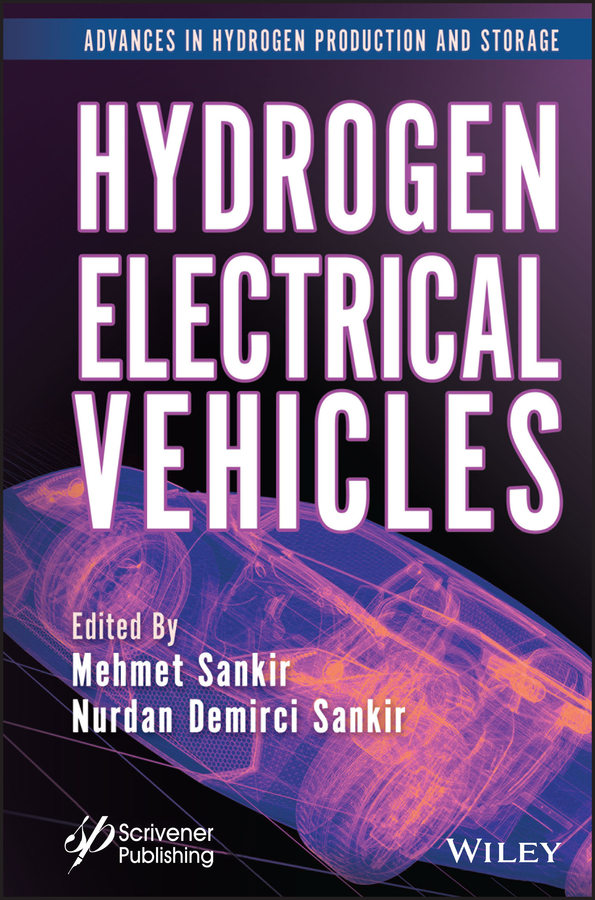
Table of Contents
List of Tables
- Chapter 1
- Chapter 2
- Chapter 4
- Chapter 5
- Chapter 6
List of Illustrations
- Chapter 1
- Chapter 2
- Chapter 3
- Chapter 4
- Chapter 5
- Chapter 6
- Chapter 7
Guide
Pages
Scrivener Publishing
100 Cummings Center, Suite 541J
Beverly, MA 01915-6106
Advances in Hydrogen Production and Storage
Publishers at Scrivener
Martin Scrivener ()
Phillip Carmical ()
Hydrogen Electrical Vehicles
Edited by
Mehmet Sankr
Department of Materials Science and Engineering, TOBB University of Economics and Technology, Ankara, Turkey
and
Nurdan Sankir
Department of Materials Science and Engineering, TOBB University of Economics and Technology, Ankara, Turkey

This edition first published 2023 by John Wiley & Sons, Inc., 111 River Street, Hoboken, NJ 07030, USA and Scrivener Publishing LLC, 100 Cummings Center, Suite 541J, Beverly, MA 01915, USA
2023 Scrivener Publishing LLC
For more information about Scrivener publications please visit www.scrivenerpublishing.com.
All rights reserved. No part of this publication may be reproduced, stored in a retrieval system, or transmitted, in any form or by any means, electronic, mechanical, photocopying, recording, or otherwise, except as permitted by law. Advice on how to obtain permission to reuse material from this title is available at http://www.wiley.com/go/permissions.
Wiley Global Headquarters
111 River Street, Hoboken, NJ 07030, USA
For details of our global editorial offices, customer services, and more information about Wiley products visit us at www.wiley.com.
Limit of Liability/Disclaimer of Warranty
While the publisher and authors have used their best efforts in preparing this work, they make no representations or warranties with respect to the accuracy or completeness of the contents of this work and specifically disclaim all warranties, including without limitation any implied warranties of merchantability or fitness for a particular purpose. No warranty may be created or extended by sales representatives, written sales materials, or promotional statements for this work. The fact that an organization, website, or product is referred to in this work as a citation and/or potential source of further information does not mean that the publisher and authors endorse the information or services the organization, website, or product may provide or recommendations it may make. This work is sold with the understanding that the publisher is not engaged in rendering professional services. The advice and strategies contained herein may not be suitable for your situation. You should consult with a specialist where appropriate. Neither the publisher nor authors shall be liable for any loss of profit or any other commercial damages, including but not limited to special, incidental, consequential, or other damages. Further, readers should be aware that websites listed in this work may have changed or disappeared between when this work was written and when it is read.
Library of Congress Cataloging-in-Publication Data
ISBN 978-1-394-16638-1
Cover image: Pixabay.Com
Cover design by Russell Richardson
Preface
The decision of 28 countries to limit global warming to well below 2 degrees celsius in accordance with the Paris Agreement, can be realized by minimizing CO2 emissions, which can only be accomplished by establishing a hydrogen ecosystem. A new geopolitical order is envisaged, in which sectors dealing with energy production, distribution, and storage, and thus an increasing carbon footprint, are reconstructed. In short, an economic order with new tax regulations is being created in which carbon footprints will be followed. This effort, which is called the Green Deal, is defined in Europe as a new growth strategy aiming for net-zero CO2 emissions. We know that transportation is responsible for about 24% of all CO2 emissions. Therefore, any efforts to reduce emissions must include utilizing hydrogen in the transportation sector.
Fuel cells use hydrogen directly in most types of vehiclesfrom passenger cars to trainswithout some of the disadvantages of batteries such as low energy density, high initial costs, and a slow charge. Therefore, the number of hydrogen filling stations required for fuel cells, about one-tenth of the number of fast-charging stations, can meet the same needs as batteries. Additionally, hydrogen charging is at least three times faster. Therefore, it is essential to emphasize that hydrogen-powered transportation is still the most reasonable way to reduce emissions.
As part of our Advances in Hydrogen Producton and Storage series, this volume covers the cutting-edge technologies used in fuel cell-powered cars. Additionally, it highlights the research efforts presented in the literature while adding a valuable component to the area. It also discusses basic as well as advanced engineering details for both scientists and engineers in academia and industry.
There are seven chapters in the book. Chapter 1 introduces hydrogen and electrical vehicles. Hydrogen storage and compression systems are analyzed in Chapters 2 and 3, respectively. Chapter 4 discusses hydrogen propulsion systems for UAVs. The testing and evaluation of hydrogen fuel cell vehicles are covered in Chapter 5. Chapter 6 focuses on hydrogen production and polymer electrolyte membrane (PEM) fuel cells for electrical vehicles. The final chapter, Chapter 7, covers the issues concerning the power and durability of fuel cell vehicles.
In closing, we wish to thank the distinguished authors for their valuable contributions in reviewing the efforts made towards using hydrogen in electrical vehicles.
Editors
Dr. Mehmet Sankr and Dr. Nurdan Demirci Sankr
Department of Materials Science and Nanotechnology Engineering,
TOBB University of Economics and Technology
Hydrogen Electrical Vehicles
Ameen Uddin Ammar, Mohamad Hasan Aleinawi and Emre Erdem
Sabanci University, Faculty of Science and Engineering, Materials Science and Nano Engineering, Orhanli, Istanbul, Turkey
Abstract
Hydrogen usage in electric vehicles is one of the domains which provide immense potential to explore in the race of energy efficient vehicles. As the world continuously moves towards clean and green environment, where all possible measures are been taken to minimize the carbon emission. Discussed here are the following: the numbers of hydrogen-utilized projects for energy, reducing prices of clean energy production facilities, and researching new methods to store hydrogen. Fuel cells which use hydrogen as the source of energy are proving themselves to be a serious candidate in this cause with numerous research are taking place to avail this opportunity.
Keywords: Hydrogen electrical vehicles, zero carbon emission, hydrogen storage, green environment, hydrogen production, carbon capture, electrolysis, fuel cells
1.1 Hydrogen Usage in Electrical Vehicles
Probably the most crucial and challenging issue the world is facing nowadays is carbon emission. It has effects over several aspects, from environmental problems, power generation, economy, and many others. The world has reached the no going back point with carbon emissions, and we have to take effective measures in dealing with this challenge. Luckily, many nations and agencies started to intensify their efforts in order to face this problem. This can be sensed from Internationals Energy Agency (IEA) net zero emission by 2050 roadmap report [ above displays the future development plan for hydrogen usage as a fuel in different sectors.
Next page


